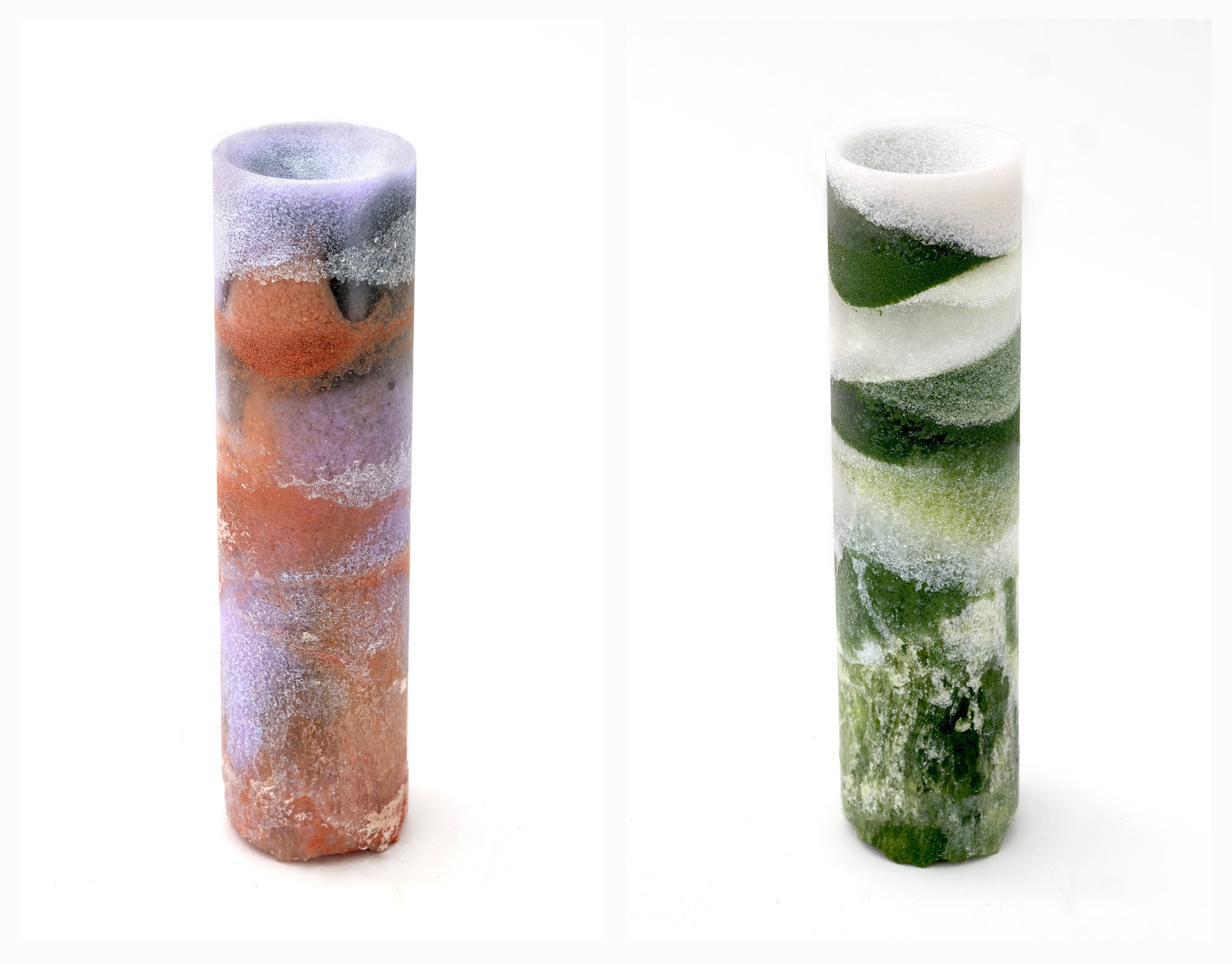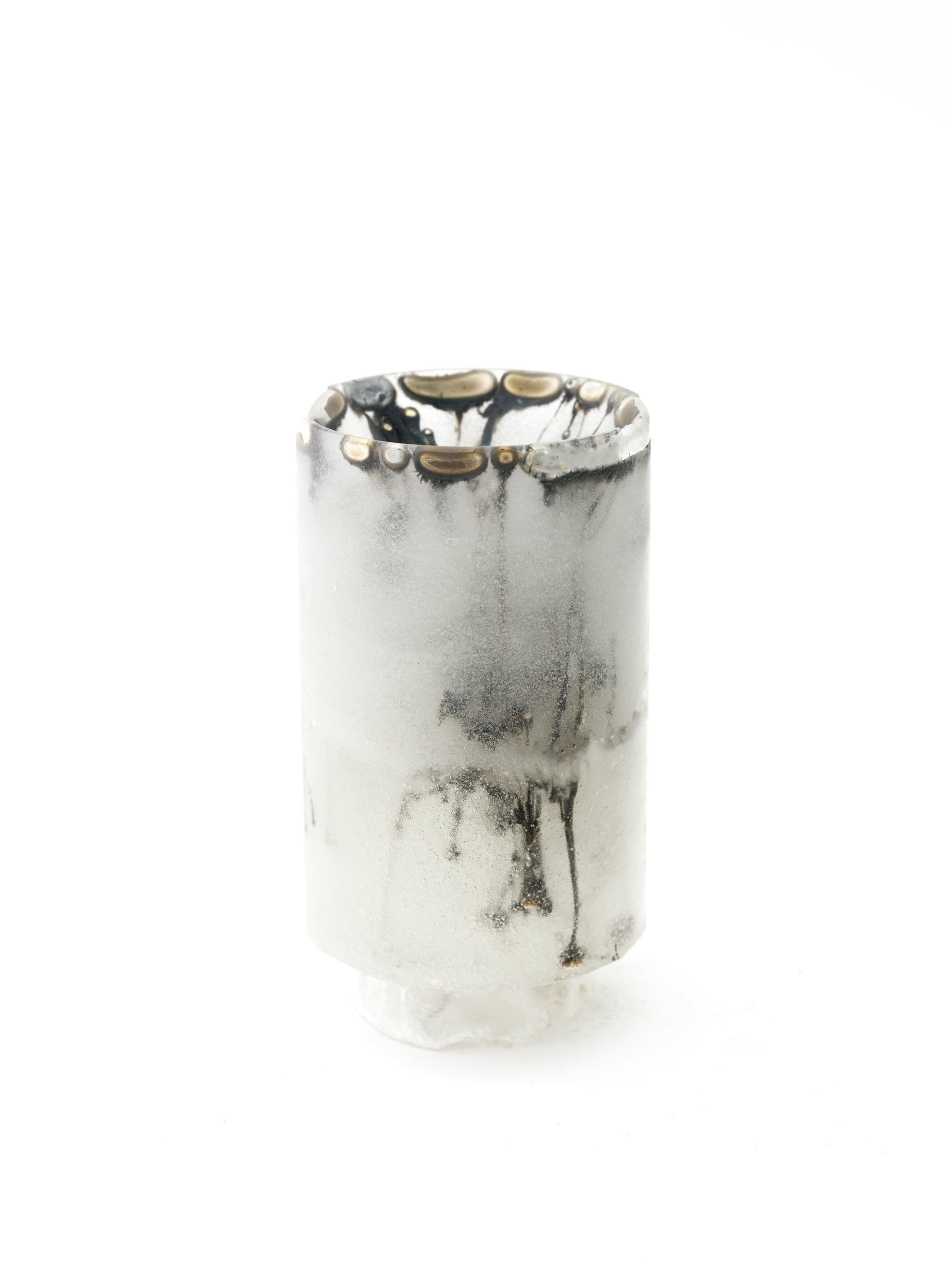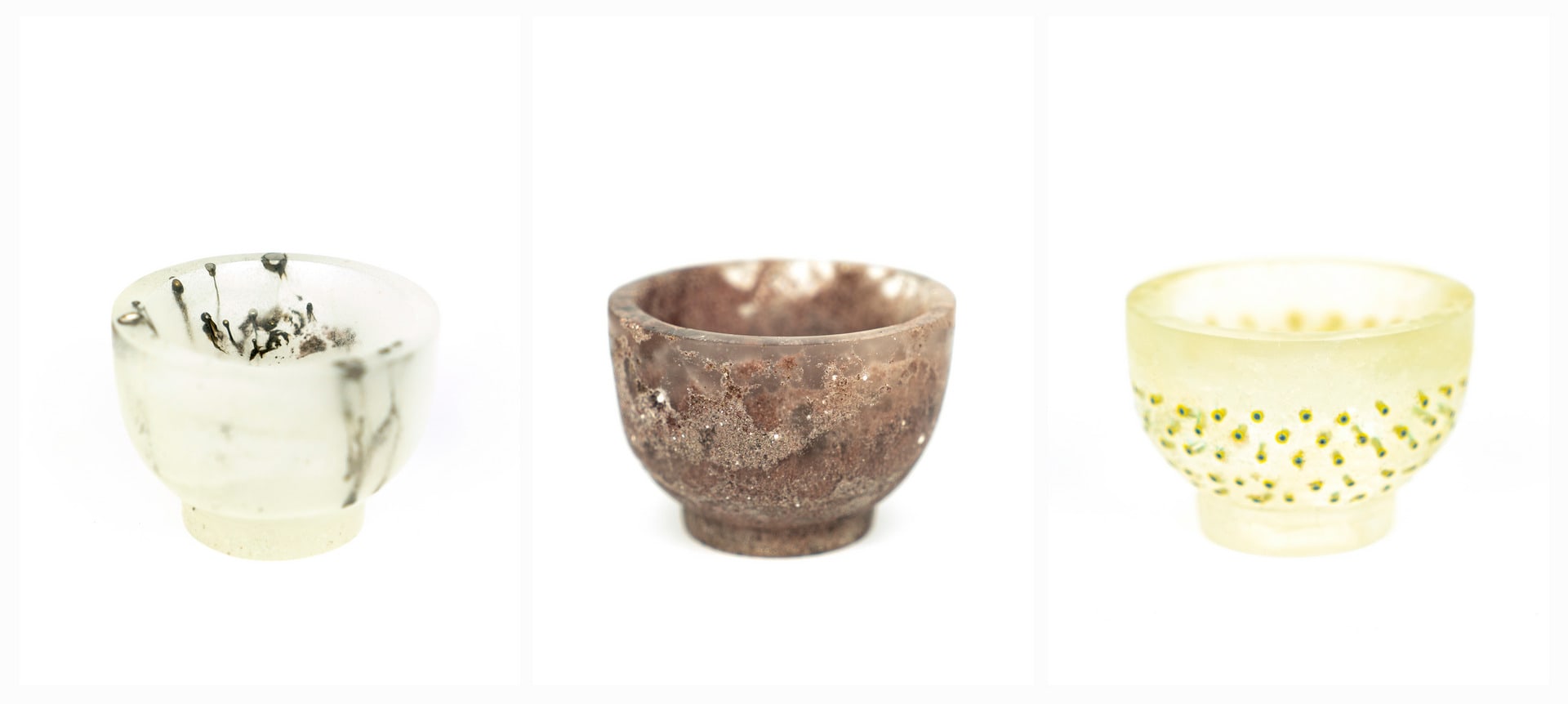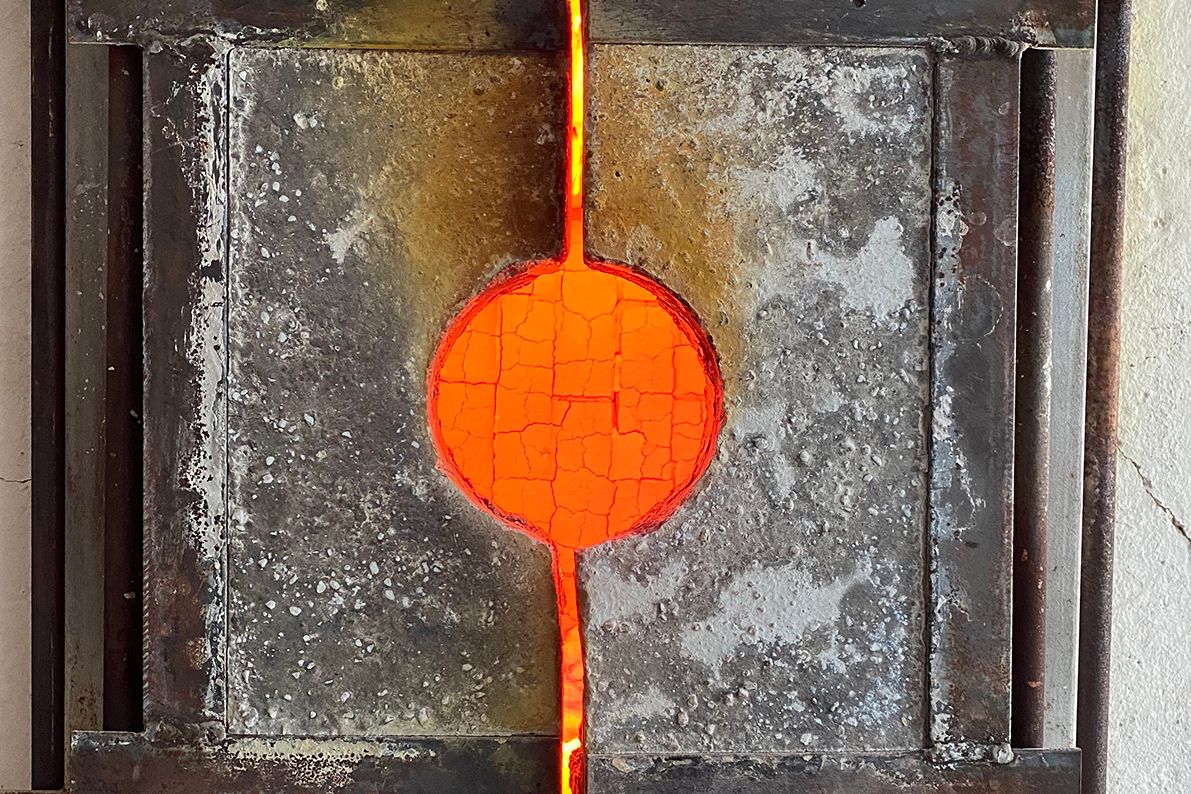WAI YAN CHOI was born in Hong Kong, China. She graduated with a bachelor’s degree in Fashion Jewellery at London College of Fashion in 2018 and continued her studies in the Ceramics and Glass department at the Royal College of Art.
As a jewellery designer, her work has repeatedly appeared at London Fashion week and in international magazines such as Vogue Poland, Dazed, and Paper magazine. Her collaborative glass jewellery series (with Ginu George, 2019) prompted her to start a new journey of material investigation, specialising in glass at the Royal College of Art. In 2020, her glass series “Vessel-Boundaries” won The Worshipful Company of Tin Plate Workers - Ceramics and Glass Award.
She is open for conversation, opportunities and residencies, locally and abroad.
For commission and sale inquiries, please email Waiyan.choi@network.rca.ac.uk
















